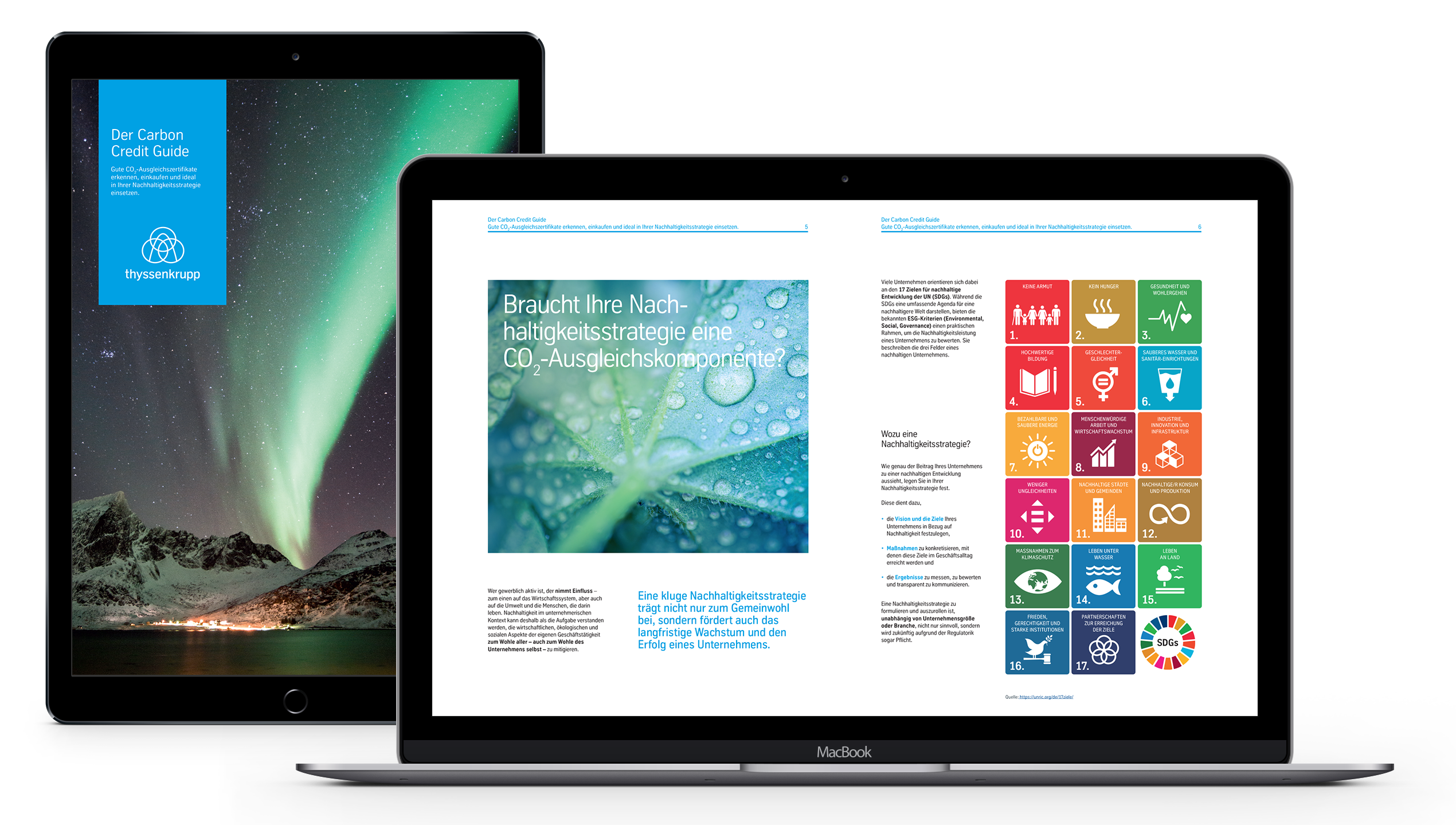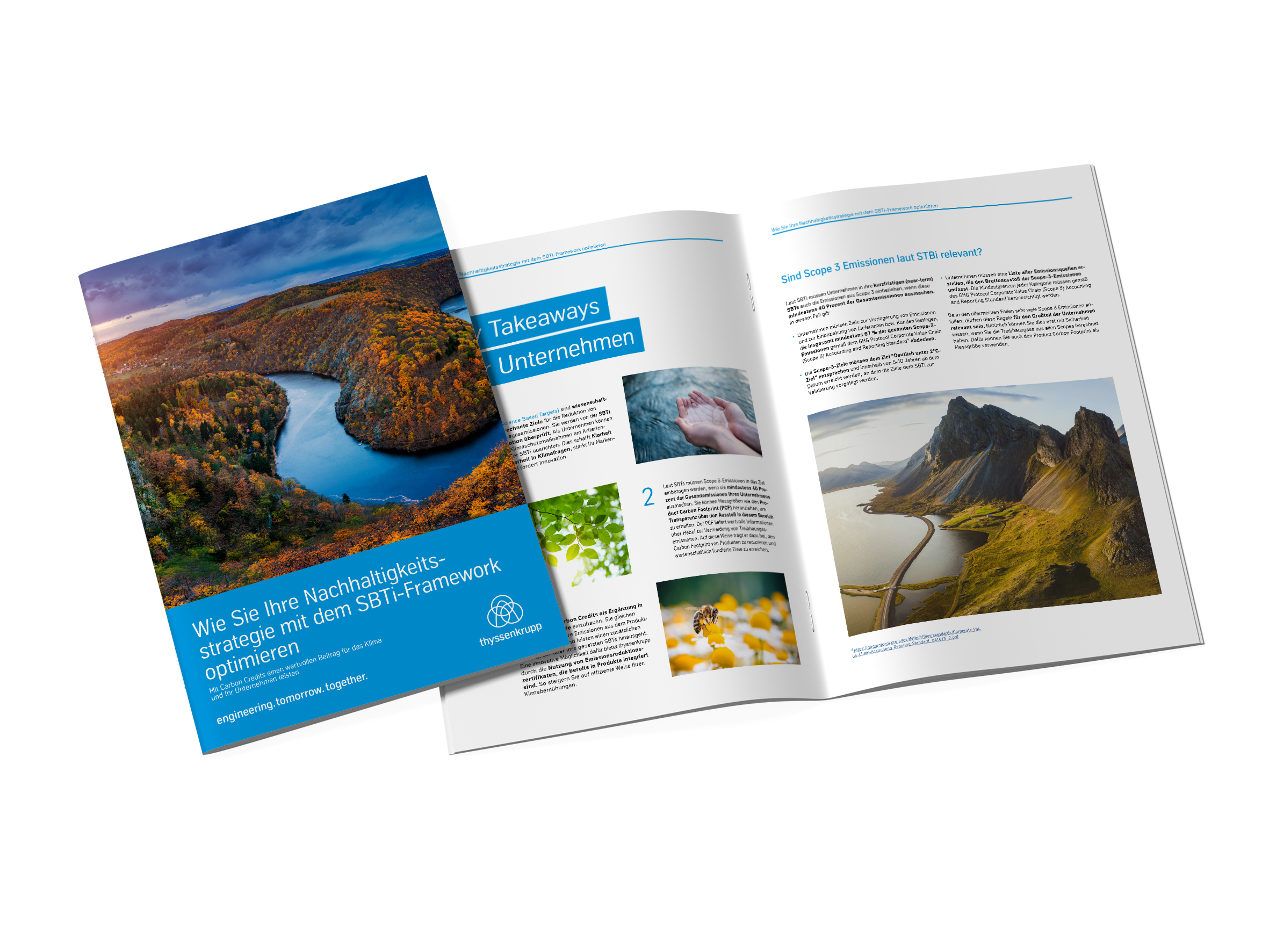Carbon as a Service – powered by thyssenkrupp Materials Trading
Offset unavoidable emissions with the thyssenkrupp Materials Trading Carbon Markets Solution.
At pacemaker.ai, we’re excited to feature Carbon Market Solutions powered by thyssenkrupp Materials Trading – a global leader in industrial trading and services. Together, we empower companies to take impactful steps, measuring, managing and reducing their Corporate Carbon Footprint and offsetting those remaining emissions that cannot be avoided.

Why Carbon Market Solutions?
Even the most advanced sustainability strategies face unavoidable emissions. Carbon Market Solutions helps to offset them through verified carbon credits and high-impact climate projects - all with full transparency and strategic alignment. It helps companies identify the right actions and acquire credits within their budget.




All-in-one service
End-to-End Carbon Credit Services
- A one-stop shop for selecting, purchasing, and taking back high-quality carbon credits
- Full support from consultation to certificate issuance
Tailored Sustainability Integration
- Strategic advice on embedding carbon credits into your sustainability roadmap
- Customized take-back plans aligned with your industry and emissions profile
Proven quality from a source you can trust
- Credits sourced only from rigorously vetted projects following the Oxford Principles
- Assurance of long-term impact, traceability, and avoidance of greenwashing
Broad-spectrum solutions, e.g. curated Project Portfolio
- Access to international and European carbon projects with real impacts and social value
- Projects include carbon removals, ecosystem restoration, and nature-based technologies
Simplified Procurement & Management
- No need to build your own procurement strategy - we can handle it all
- Certificates are procured, managed and taken back on your behalf, with documentation for communication
How does it work?
CO2 offsetting enables companies to compensate for their unavoidable CO2 emissions. This can be done by investing in CO2 offsetting projects that aim to remove or store a corresponding volume of CO2 from the atmosphere, thereby neutralizing the impact of the emissions.
The investment can take the form of:
- an agreement to purchase future certificates or
- the purchase of certificates that have already been issued for redemption.
Withdrawing the certificates confirms your company's efforts to compensate for its “hard-to-avoid” residual emissions. The costs for CO2 compensation vary per ton of CO2 and depend on factors such as the quality of the project, the duration and volume of CO2 to be offset.





